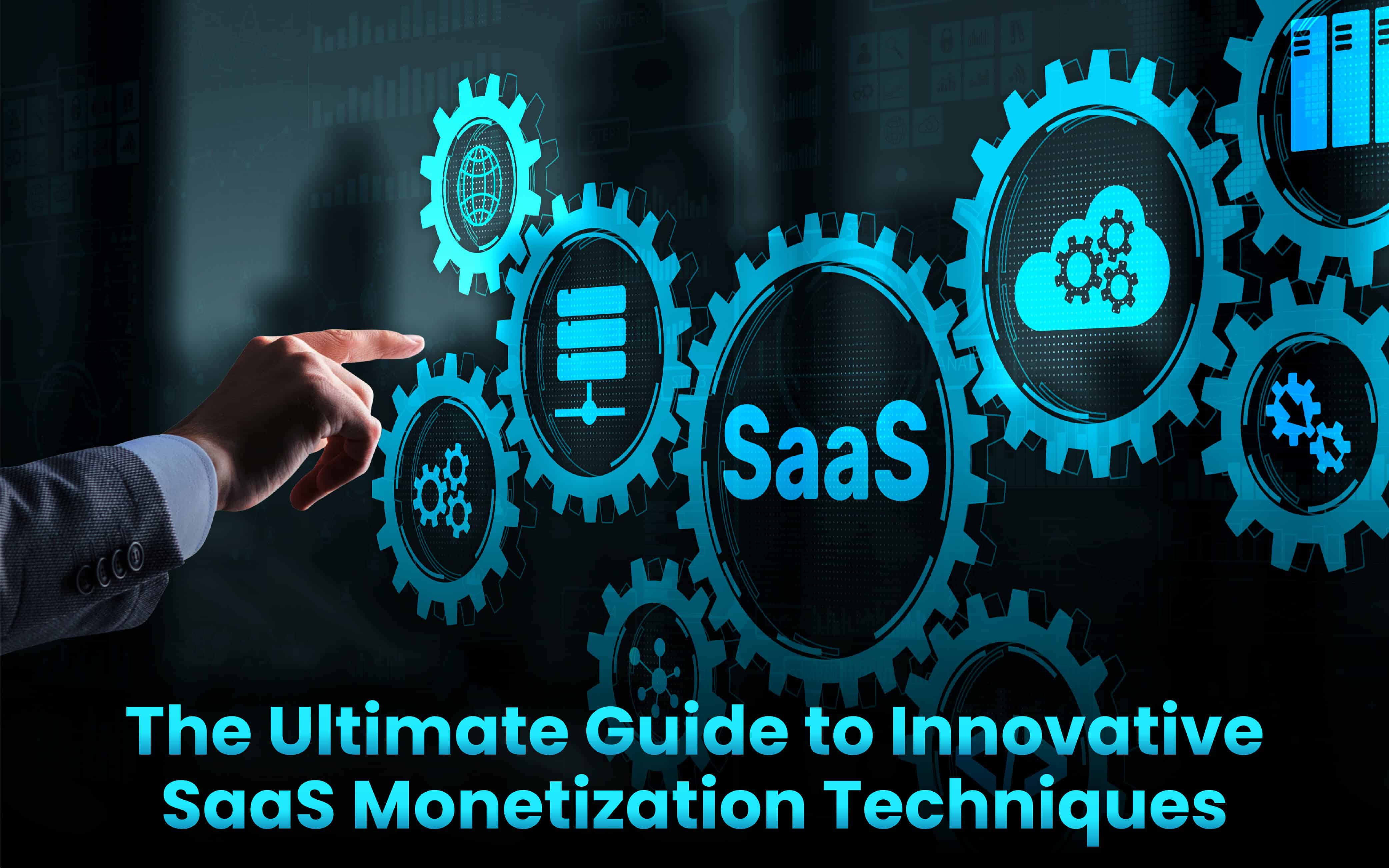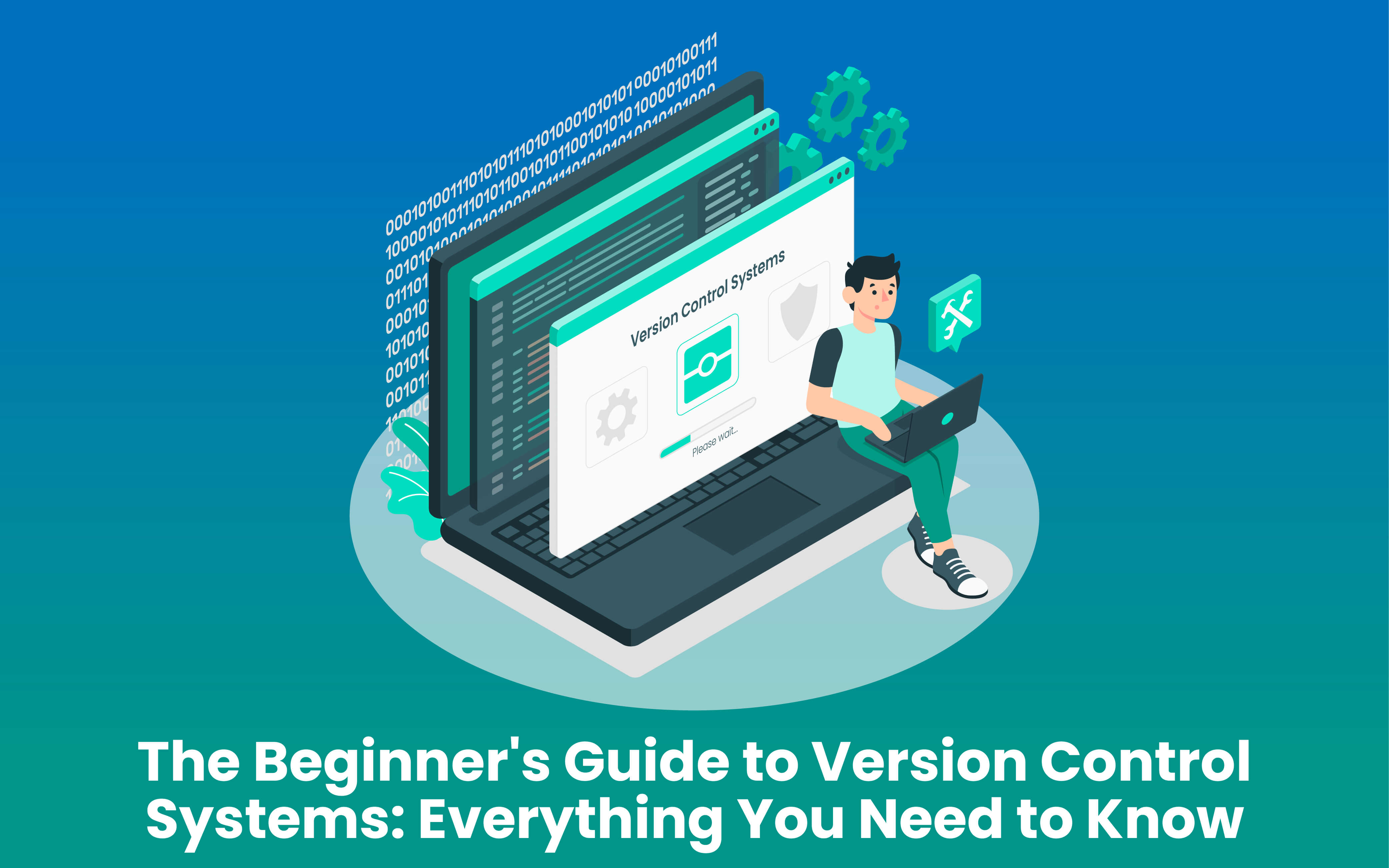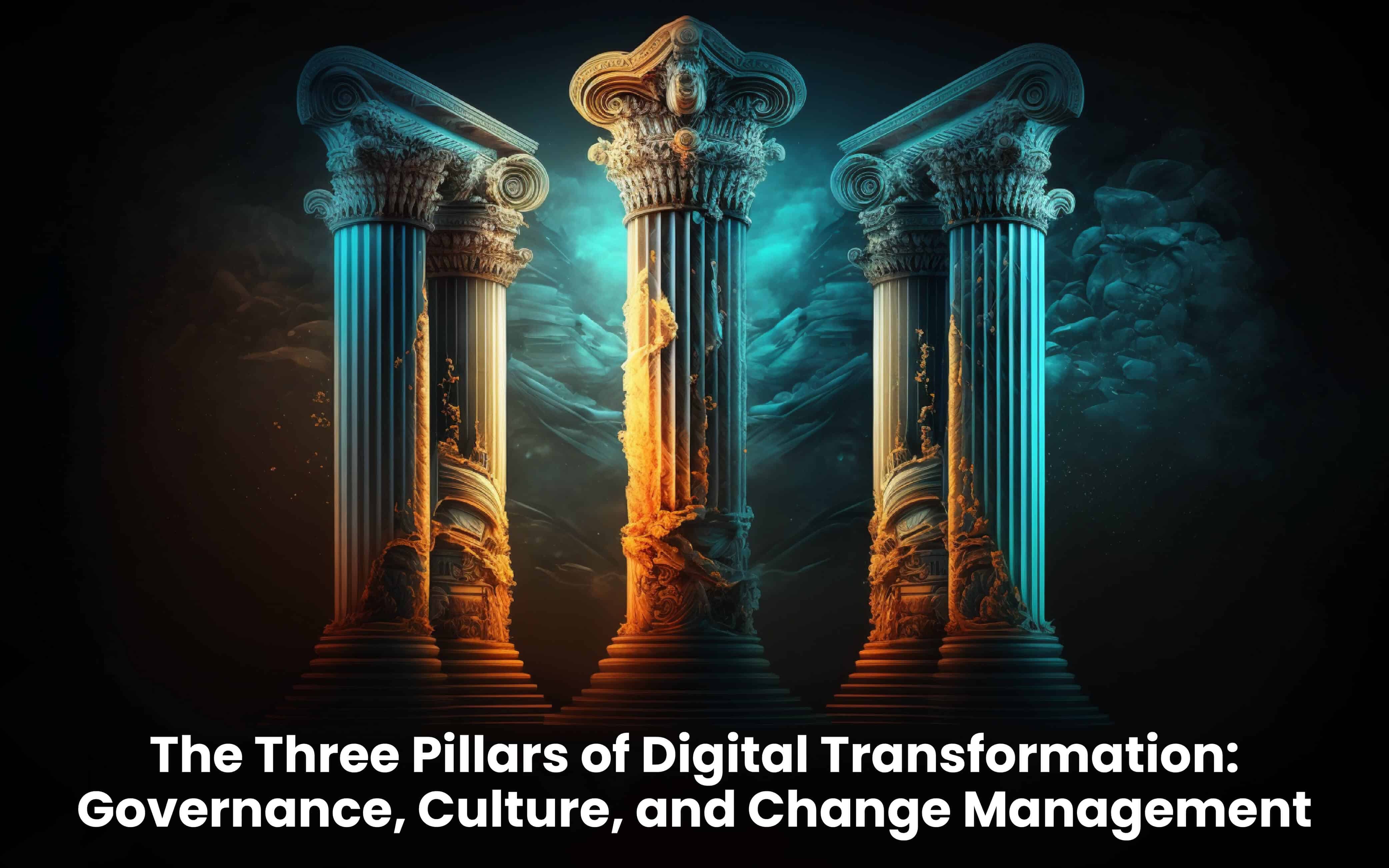Blogs
To know about all things Digitisation and Innovation read our blogs here.
Software As A Service
The Ultimate Guide to Innovative SaaS Monetization Techniques
SID Global Solutions
28 March 2023

Software as a service (SaaS) has been growing rapidly in recent years, with more and more businesses shifting to cloud-based software solutions. While SaaS is a highly profitable business model, it can also be highly competitive. To stay ahead of the competition and ensure long-term success, SaaS providers need to continually innovate their monetization techniques. In this ultimate guide to innovative SaaS monetization techniques, we’ll explore the latest trends and strategies for maximizing revenue in the SaaS industry.
Freemium Model: The freemium model is one of the most popular SaaS monetization techniques. This model offers a free version of the software with limited features, while premium features are unlocked for paying customers. Freemium models can be used for customer acquisition and retention. By providing a free version of your product, you can attract a large user base and then convert a percentage of those users into paying customers.
Also Read: The Role of Serverless Architecture in DevOps and Agile Development
Tiered Pricing Model: The tiered pricing model is another common SaaS monetization technique. This model offers different pricing plans with varying levels of features and functionality. For example, a basic plan may offer limited features, while a premium plan may offer more advanced features and additional support. This model allows customers to choose a plan that best fits their needs and budget, while also allowing the SaaS provider to maximize revenue by offering multiple pricing tiers.
Usage-Based Model: The usage-based model charges customers based on their usage of the software. This model is commonly used for SaaS products that are used frequently, such as communication or project management tools. Usage-based pricing can be based on the number of users, the amount of data storage used, or the number of transactions processed. This model allows customers to pay only for what they use, while also allowing the SaaS provider to earn revenue from frequent usage.
Pay-As-You-Go Model: The pay-as-you-go model is similar to the usage-based model, but it charges customers on a per-use basis. This model is commonly used for SaaS products that are used infrequently or sporadically, such as accounting or HR software. Pay-as-you-go pricing can be based on the number of transactions processed or the amount of time the software is used. This model allows customers to pay only for what they need, while also allowing the SaaS provider to earn revenue from occasional usage.
Bundled Pricing Model: The bundled pricing model offers multiple products or services for a single price. This model is commonly used for SaaS providers that offer multiple software solutions or services. For example, a project management software provider may bundle their software with cloud storage and collaboration tools. Bundled pricing allows customers to access multiple products or services for a single price, while also allowing the SaaS provider to increase revenue by offering multiple products or services.
Hybrid Model: The hybrid model combines multiple monetization techniques into a single pricing model. This model is commonly used for SaaS providers that offer a wide range of products or services. For example, a CRM software provider may offer a freemium version of their software for customer acquisition, while also offering a tiered pricing model for premium features and a usage-based pricing model for frequent users. The hybrid model allows SaaS providers to offer a variety of pricing options to customers, while also maximizing revenue through multiple monetization techniques.
Also Read: How AIOps and DevOps Enable Successful Digital Transformation?
Perpetual License Model: The perpetual license model is a traditional software pricing model that is still used by some SaaS providers. This model charges customers a one-time fee for perpetual use of the software. While this model may be less common in the SaaS industry, it can still be effective for certain types of software, such as enterprise-level software solutions.
Value-Based Pricing Model: The value-based pricing model charges customers based on the value they receive from the software. This model requires SaaS providers to understand their customers’ needs and the value their software provides. For example, a marketing automation software provider may charge based on the number of leads generated or the revenue generated from marketing campaigns. This model allows customers to pay based on the value they receive, while also allowing the SaaS provider to maximize revenue by charging more for high-value use cases.
Per-User Pricing Model: The per-user pricing model charges customers based on the number of users that have access to the software. This model is commonly used for SaaS products that are used by teams or organizations. Per-user pricing can be tiered based on the number of users, or it can be based on a flat fee per user. This model allows customers to pay based on the number of users that need access to the software, while also allowing the SaaS provider to earn revenue from each user.
Upselling and Cross-Selling: Upselling and cross-selling are techniques used to increase revenue from existing customers. Upselling involves offering customers a more expensive version of the software with additional features, while cross-selling involves offering complementary products or services. For example, a project management software provider may offer a premium version of their software with additional project tracking features, while also offering cloud storage as a complementary service. Upselling and cross-selling can help SaaS providers increase revenue from existing customers and improve customer retention.
Partner Programs: Partner programs are a strategy used by SaaS providers to collaborate with other businesses to offer complementary products or services. For example, a CRM software provider may partner with a marketing automation software provider to offer a bundle of their products. Partner programs can help SaaS providers expand their customer base and increase revenue through joint marketing efforts.
Customization and Integration: Customization and integration are strategies used to increase revenue from enterprise-level customers. Enterprise-level customers often require customized solutions that integrate with their existing software infrastructure. SaaS providers can offer customization and integration services to these customers, which can increase revenue through consulting fees and custom development projects.
Also Read: Azure DevOps Services Deployment Strategies: Best Practices for Success
Conclusion
There are many innovative SaaS monetization techniques that can be used to maximize revenue in the highly competitive SaaS industry. By understanding your customers’ needs and preferences, as well as the latest trends and strategies in the industry, you can choose the monetization techniques that work best for your business. Whether you choose to offer a freemium model, a tiered pricing model, a usage-based model, a bundled pricing model, or a hybrid model, it’s important to continually experiment and innovate to stay ahead of the competition and ensure long-term success.









